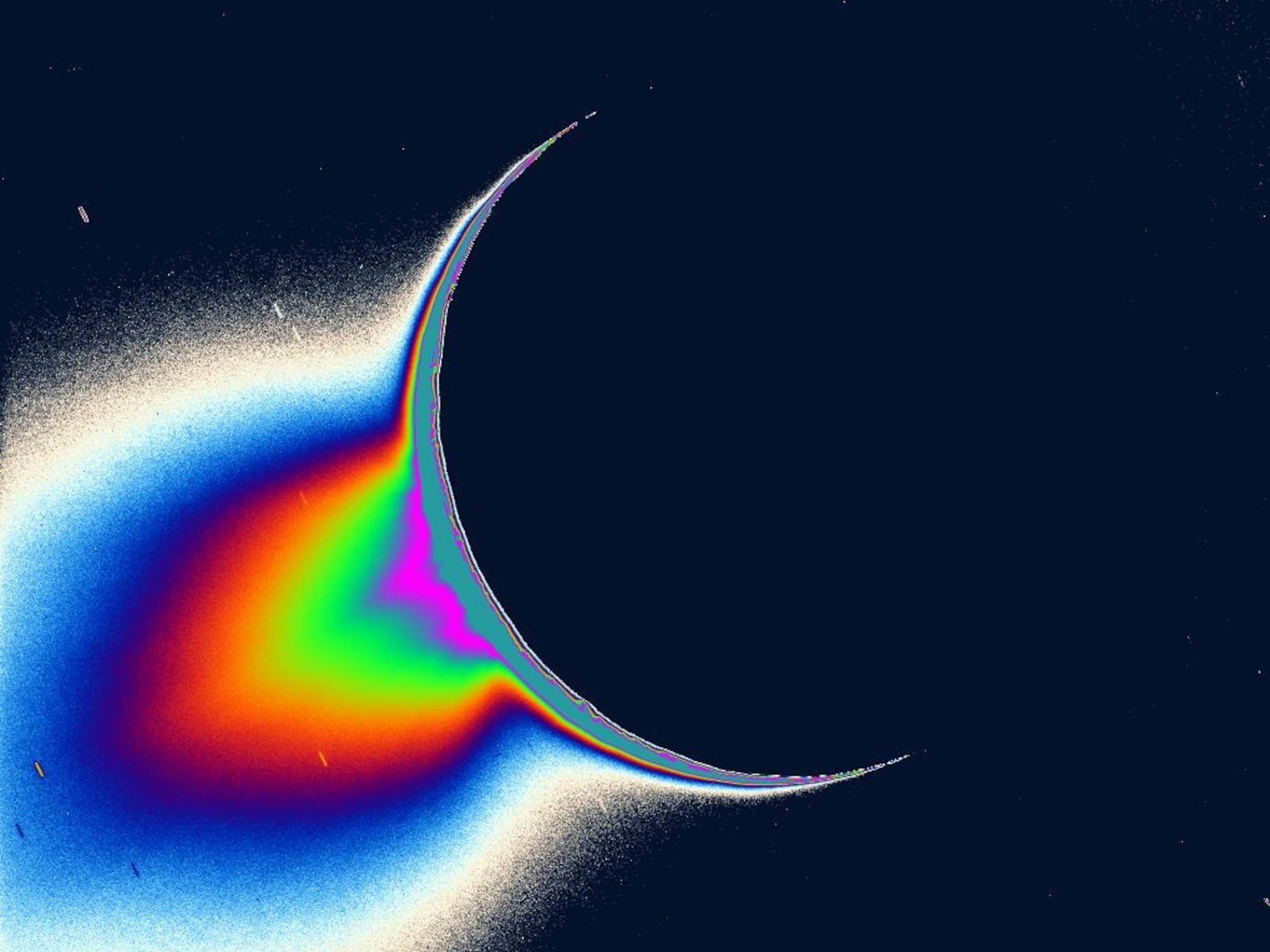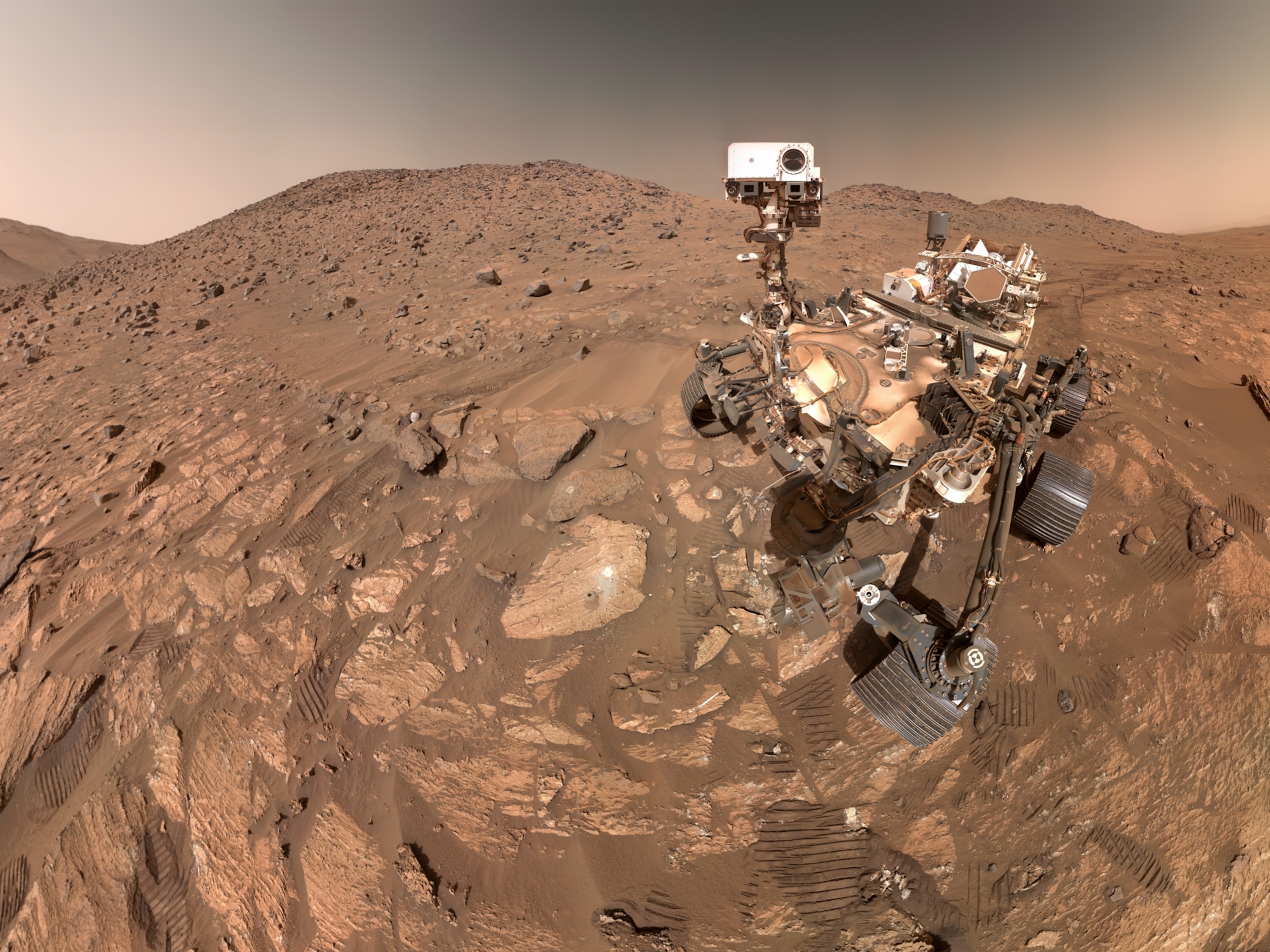Nice Shot! Simulating Mars on Earth
How an editor and photographer worked together to create an out-of-this world photograph
While researching coverage of Mars and the best way to visually illustrate our quest to reach it, senior photo editor Kurt Mutchler came across an image of a chamber filled with simulated dust that mimicked a lunar-like landscape at Kennedy Space Center in Cape Canaveral. “I was stunned,” he says. “It looked like something out of a sci-fi novel. I knew we needed to make a picture there, and I worked to make it happen.”
The chamber, known as the regolith bin, is 26 feet on each side and filled with 120 tons of simulated space dirt. It can be used to simulate the dust storms astronauts might face on Mars, as well as to test various descent and landing techniques.
Since photographs of the bin have been taken before, Mutchler knew it would take careful research and planning to get a photographer in the right situation to create an unforgettable image. He worked with space engineer Pablo De Leon, the Mars prototype space suit designer in the photo, whose cooperation and presence helped ensure that would happen.
Then it was up to photographer Phillip Toledano to create the shot, which was published in the November 2016 issue of National Geographic. He lit the chamber from inside with a single strobe and turned out the lights in the main room. Then he went to work shooting for a couple of hours. “A guy testing a Mars spacesuit in a room full of fake lunar dust?” he asks. “What’s not to like?”
“The strange-suited man within a dust-clouded glass box confined inside a nondescript warehouse created an otherworldly scene,” says Mutchler. “Hollywood couldn’t dream up a set like this, but NASA did.”
After the shoot, Toledano showed the photo to the guys who worked there, who said they had never seen the regolith box look like that before. Typically, the lights are on in the control room, so they were surprised to see the lights off outside and a strobe inside to make what Toledano calls a “kind of magical glowing cube.”
“That’s what makes this image so sweet,” says Mutchler. “There is nothing like it out there. Phillip did a wonderful job lighting the box. My hat is off to him.”
As Mutchler says, “For me the picture is a metaphor for our yearning to go to Mars—to walk on its surface. But the best we can do presently is put a man in a space suit and have him play in a sandbox.”
You can see more of Phillip Toledano's work on his website.
Morgan McCloy is an associate photo producer for National Geographic.





